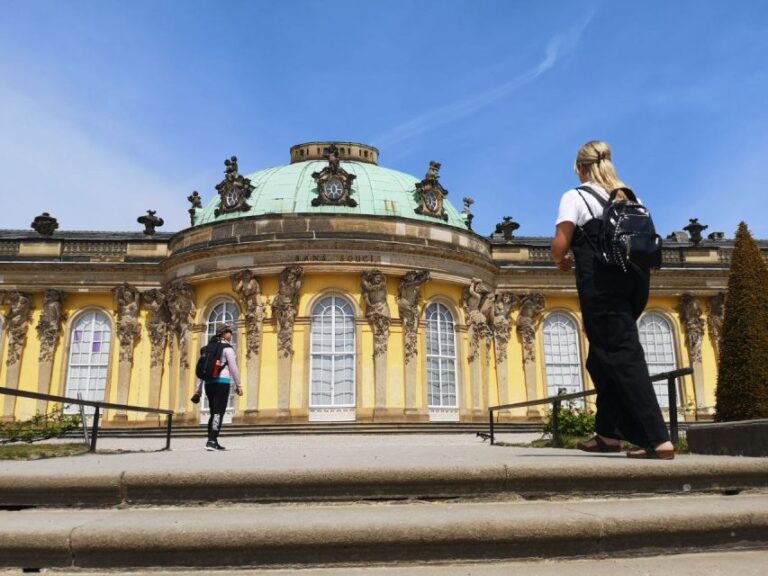The Weigelsdorf Glass Museum offers an immersive journey through Austria’s rich glass heritage. With a vast collection spanning over 300 m², it houses the country’s largest and most comprehensive display of glass art and artifacts. Visitors can explore themed rooms, a sculpture park, and a glass manufactory shop, uncovering the creative potential of this captivating medium. The included audio guide provides insightful commentary, enhancing the experience by delving into the raw materials, processing techniques, and evolution of glassmaking. Whether you’re a passionate collector or simply curious about the art, this museum promises to leave you mesmerized by the intricate beauty and versatility of glass.
Key Points
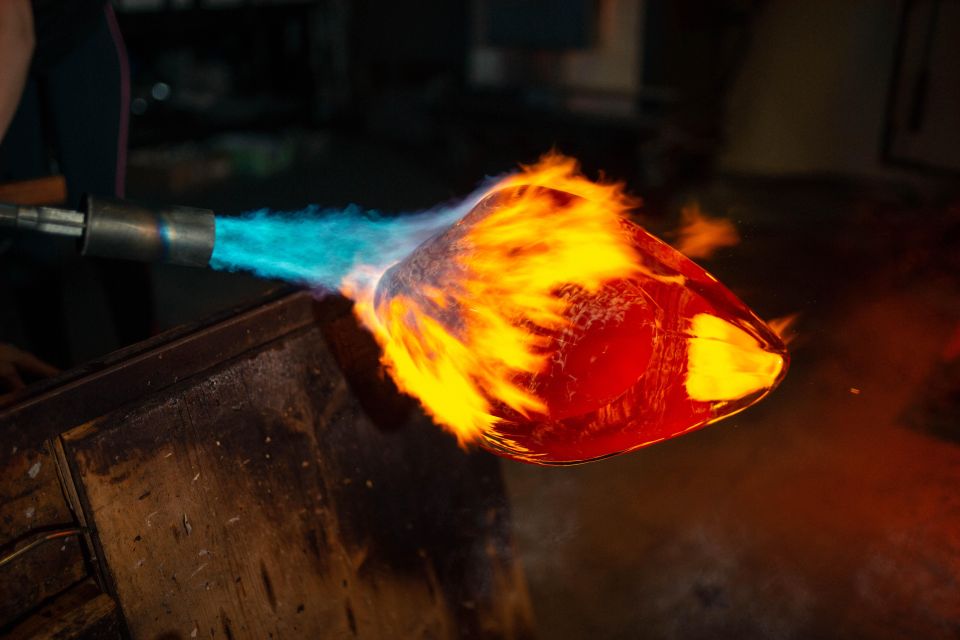
• Entry ticket to the Glass Museum in Weigelsdorf, Austria, providing access to themed rooms, extensive galleries, and a sculpture park.
• Audio guide included with the ticket, offering insights into the museum’s history, glass production, and showcased works.
• Explore the museum’s vast collection of over 300 m², the largest in Austria, featuring glass art, sculptures, and artifacts.
• Discover the raw materials, processing techniques, and finishing touches that bring the glass creations to life.
• Immerse in the captivating glass sculptures and installations dotting the museum’s sculpture park, complementing the indoor exhibition.
Overview of the Glass Museum
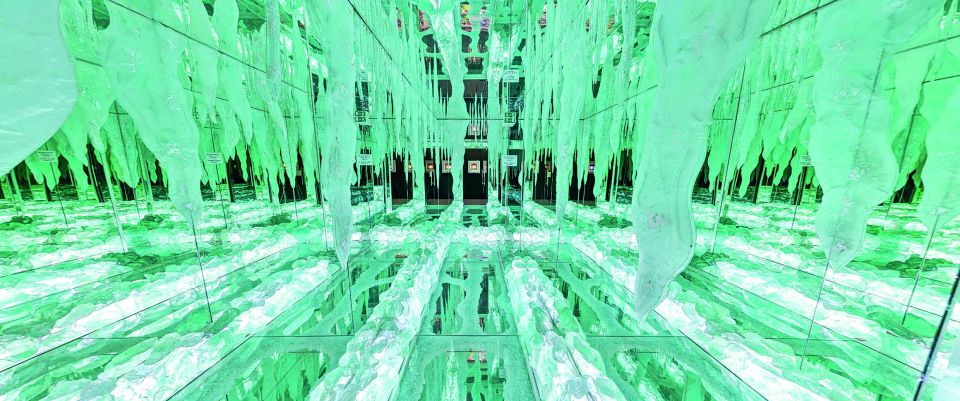
The Glass Museum in Weigelsdorf, located near Vienna, boasts over 60 years of producing high-quality glass items, showcasing the historical beginnings and present-day glass production.
Visitors can explore themed rooms with the help of an audio guide, seeing Austria’s largest glass galleries spanning over 300 m².
The museum’s sculpture park features a captivating display of glass objects, both indoors and outdoors.
From understanding the raw materials used to create glass to appreciating the creative processing and artistic finishing of each piece, the museum offers a comprehensive exploration of the crucial role sand grains play in glass production.
Explore the Theme Rooms
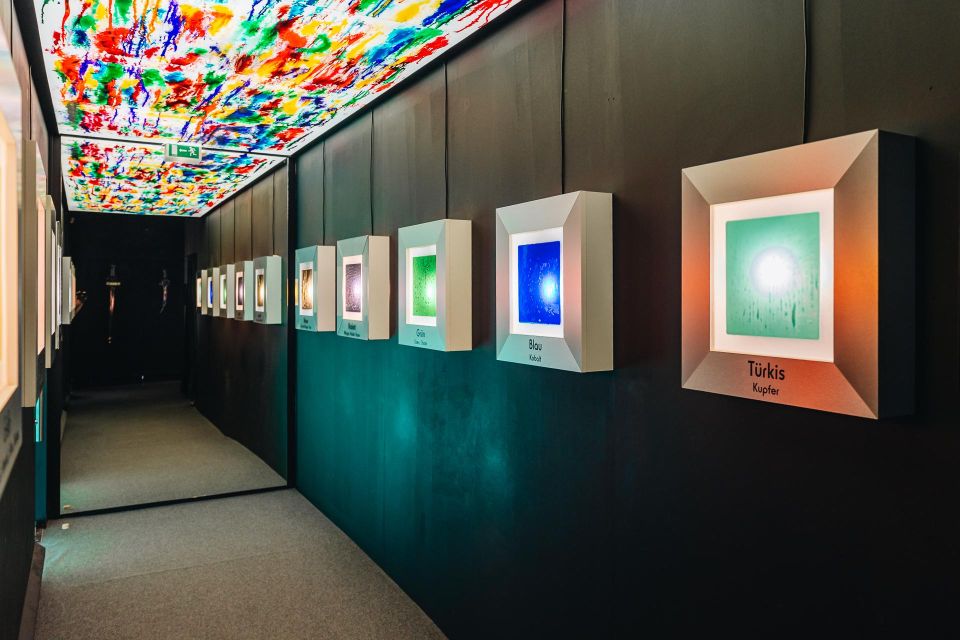
Visitors can enjoy the museum’s themed rooms, each offering a unique exploration of glass through the aid of an audio guide.
The Austria’s largest glass galleries span over 300 m², allowing guests to uncover the historical beginnings and present-day production of this versatile material.
From raw materials to creative processing and artistic finishing, the audio guide provides captivating insights into the crucial role of the sand grain in glass creation.
Visitors will also discover the museum’s sculpture park, showcasing glass objects both indoors and outdoors, offering a multisensory experience that brings the art of glass to life.
Austria’s Largest Glass Galleries

Spanning over 300 m², the museum’s vast glass galleries showcase Austria’s largest and most comprehensive collection of glass art and artifacts.
Visitors can enjoy the rich history and evolution of glassmaking, from ancient techniques to contemporary masterpieces.
The galleries feature an impressive array of glass sculptures, vases, and decorative pieces, each reflecting the skill and artistry of the craftsmen who created them.
Visitors can marvel at the intricate details, vibrant colors, and unique shapes that characterize the diverse range of glass objects on display.
Whether you’re a seasoned glass enthusiast or a curious newcomer, the museum’s expansive galleries promise a captivating and enlightening experience.
Sculpture Park With Glass Objects
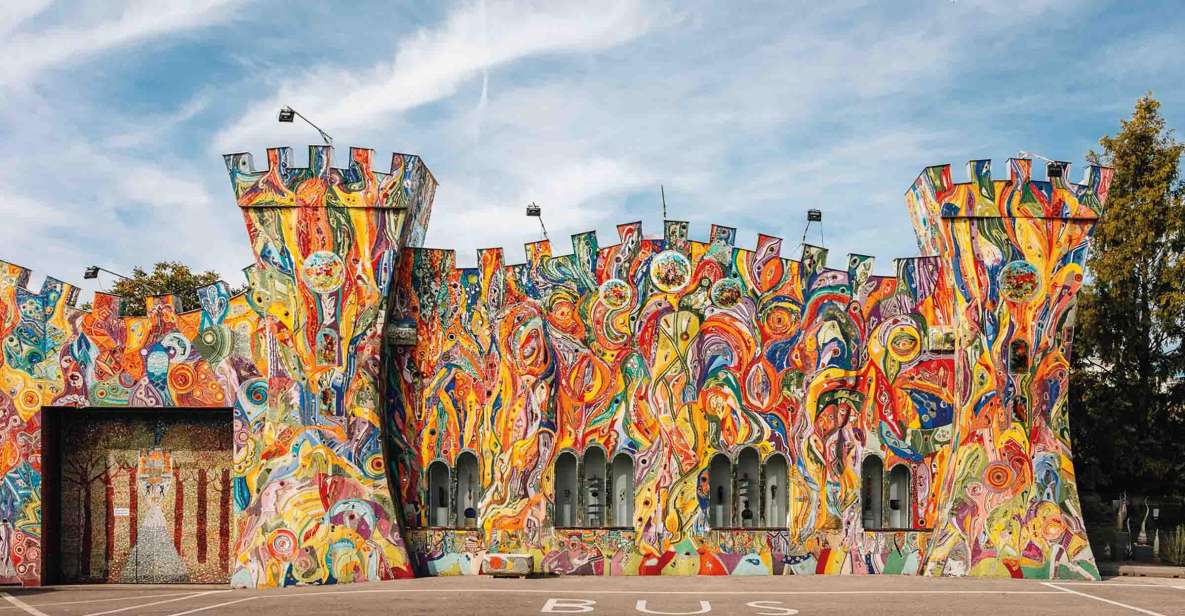
A sculpture park with an array of captivating glass objects stands as a highlight of the museum’s expansive grounds. Dotting the lush greenery, these striking glass pieces – both indoors and out – offer visitors a unique opportunity to appreciate the interplay of light, color, and form in the medium of glass.
The sculpture park features a diverse collection, showcasing the versatility of glass art. Visitors can explore a captivating interplay of shapes, textures, and hues, each piece meticulously crafted to evoke wonder and admiration. From delicate, ethereal forms to bold, statement-making sculptures, the park is a celebration of the creative potential of glass.
| Piece | Material | Dimensions |
|---|---|---|
| Flowing Ribbons | Blown Glass | 2m x 1.5m |
| Crystalline Cascade | Cast Glass | 1.2m x 2m |
| Prismatic Obelisk | Fused Glass | 3m x 0.5m |
| Luminous Orb | Stained Glass | Ø 1m |
Raw Materials for Glass Production
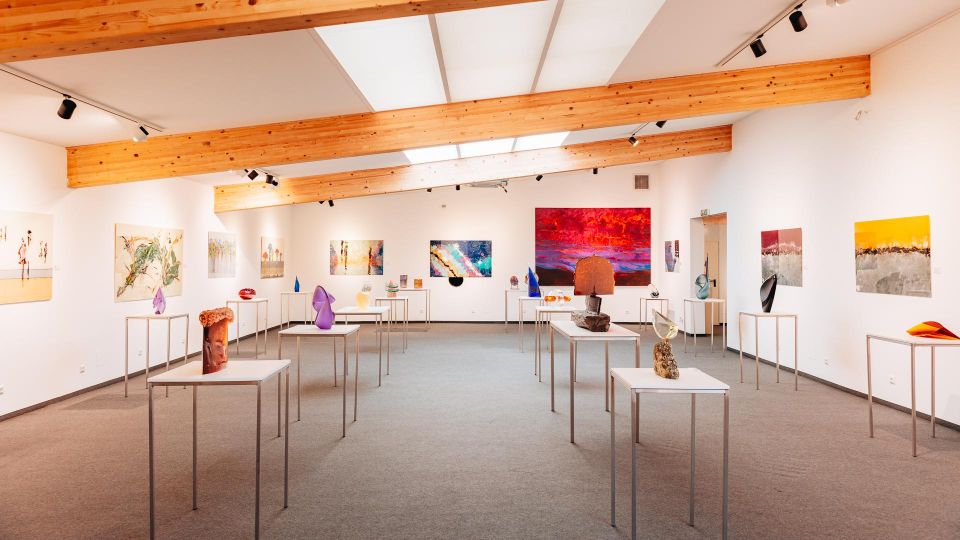
At the heart of the Glass Museum’s captivating glass production lies a carefully curated selection of raw materials that give life to the exquisite creations on display.
Sand, the primary ingredient, is meticulously sourced and transformed through a series of intricate processes into the shimmering glass objects that adorn the museum’s galleries and sculpture park.
Alongside the sand, the museum’s skilled artisans utilize a blend of minerals, including soda ash, limestone, and cullet (recycled glass), to achieve the desired color, texture, and properties of the final product.
Through this harmonious union of natural and man-made elements, the museum’s glass pieces embody the perfect balance of function and artistic expression.
Creative Glass Processing and Finishing
The museum’s skilled glass artisans employ a range of innovative techniques to transform the raw materials into captivating works of art, meticulously shaping and finishing each piece to bring out its unique character and allure. Through a masterful blend of traditional practices and cutting-edge technologies, they breathe life into the glass, sculpting it with precision and imbuing it with mesmerizing details.
The creative glass processing at the museum includes:
- Intricate glass blowing, where artisans skillfully manipulate molten glass to create delicate, organic forms.
- Delicate etching and engraving, which add intricate patterns and textures to the glass surface.
- The application of vibrant enamels and lustrous metallic finishes, elevating the glass into true works of art.
Exhibitions Featuring Glass Artists
The museum regularly hosts captivating exhibitions that showcase the works of both established and up-and-coming glass artists, providing visitors with a unique opportunity to enjoy the dynamic world of contemporary glass art. These exhibitions focus on the diverse techniques, styles, and creative expressions that define the genre, inspiring awe and wonder in all who behold them.
| Emotion Evoked | Description |
|---|---|
| Awe | The sheer technical mastery and artistic vision of the featured works leave visitors in awe of the glass medium’s expressive potential. |
| Wonder | The innovative, imaginative, and thought-provoking nature of the displayed pieces ignite a sense of wonder and curiosity in the audience. |
Through these exhibitions, the museum celebrates the rich tradition of glass art while also championing the bold, innovative visions of its modern practitioners.
Additional Museum Offerings
Complementing the captivating exhibition spaces, the museum offers a range of additional attractions that further immerse visitors in the wonders of glass art.
The museum’s on-site glass manufactory shop provides the perfect opportunity to bring home unique gifts and souvenirs, from delicate ornaments to functional glassware.
Visitors can also explore the museum’s conservatory, which showcases a fascinating collection of glass primeval plants, offering a glimpse into the ancient origins of glass.
On top of that, the museum’s magic garden, open from April to October, enchants guests with its display of one-of-a-kind glass pieces harmoniously integrated into the natural surroundings.
- Glass manufactory shop for gifts and souvenirs
- Conservatory with glass primeval plants
- Magic garden with unique glass pieces (April to October)
Frequently Asked Questions
Can I Purchase Tickets On-Site or Do I Need to Book in Advance?
Visitors can purchase tickets on-site at the Glass Museum in Weigelsdorf. An audio guide is also available to enhance the museum experience. Advance booking is not required, but it’s recommended to check the museum’s website for any special event schedules.
Are There Any Discounts Available for Students, Seniors, or Families?
The Glass Museum offers discounted entry tickets for students, seniors, and families. Visitors can save money by taking advantage of these special rates, allowing them to fully enjoy the museum’s fascinating glass exhibits and demonstrations.
How Long Does the Audio Guide Tour Typically Take to Complete?
The audio guide tour typically takes 1-2 hours to complete, allowing visitors to thoroughly explore the museum’s expansive glass galleries and sculpture park at their own pace while learning about the history and production of glass.
Are There Any Special Events or Demonstrations Happening During My Visit?
The Glass Museum often hosts special events and demonstrations for visitors. Check the museum’s website or inquire at the entrance to see if any unique activities are scheduled during your visit.
Are Dogs or Other Pets Allowed Inside the Museum?
Dogs and other pets are not permitted inside the Glass Museum. However, visitors can enjoy the outdoor sculpture park and magic garden, which showcase unique glass pieces. The museum prioritizes the safety and experience of all guests.
Recap
The Weigelsdorf Glass Museum offers a captivating exploration of Austria’s rich glass heritage.
Visitors can enjoy the largest collection of glass art and artifacts in the country, guided by an informative audio tour.
From the themed rooms to the sculpture park, the museum showcases the creative potential and versatility of this mesmerizing medium.
It’s a must-visit destination for anyone interested in the art and history of glassmaking.





